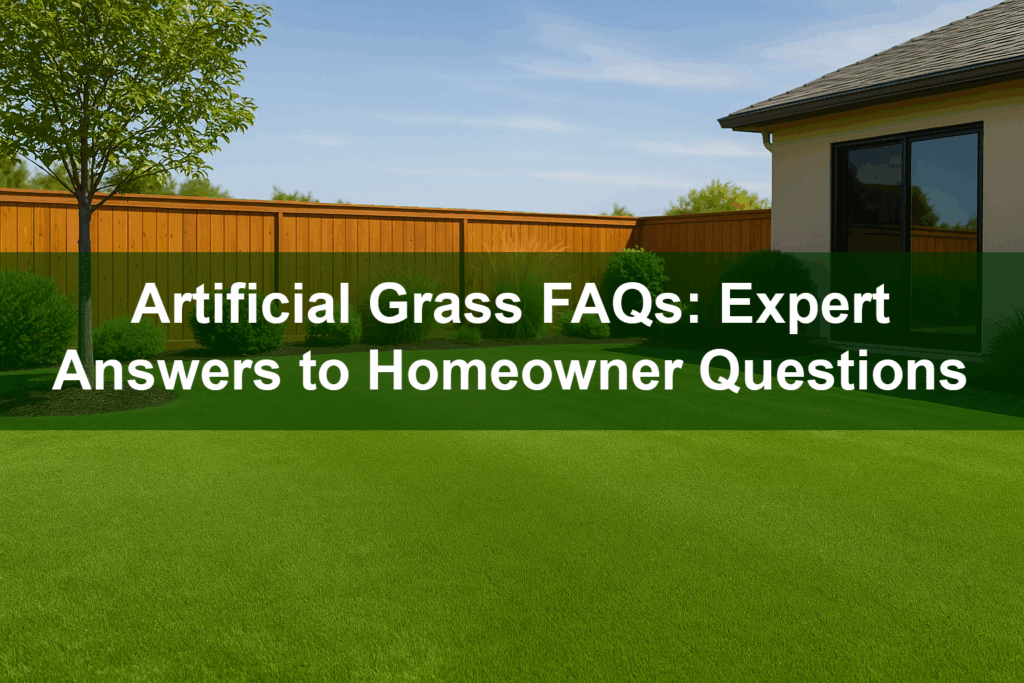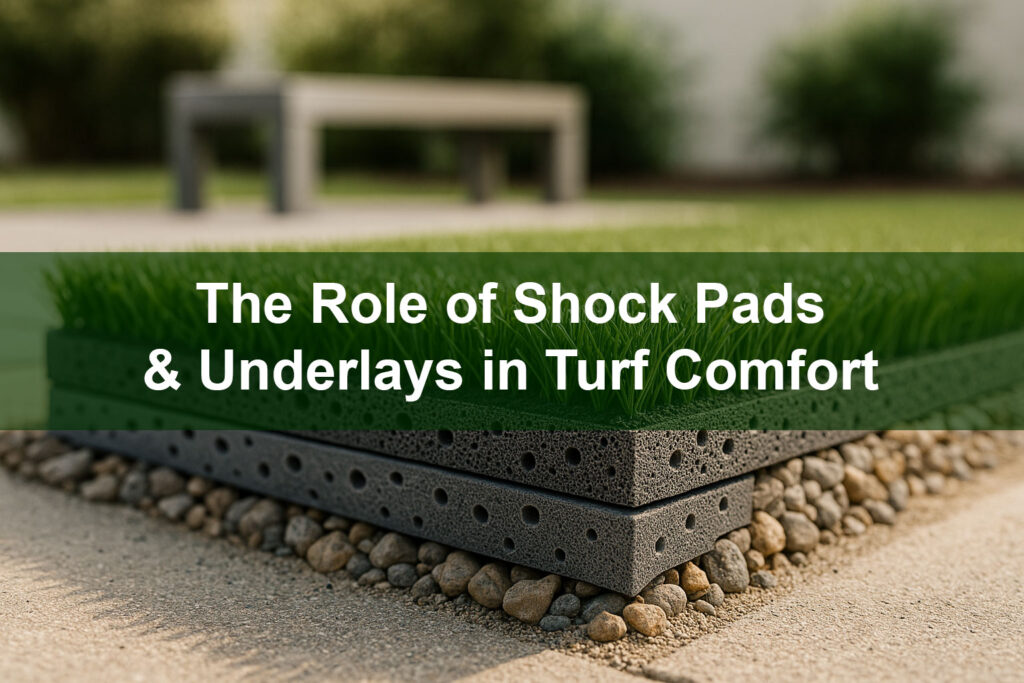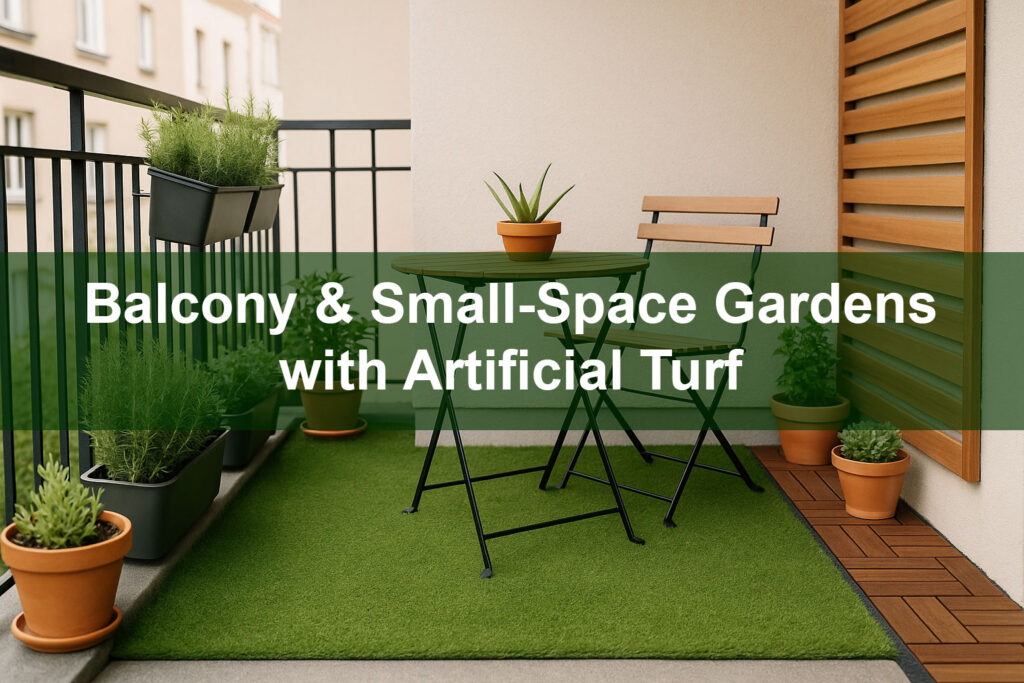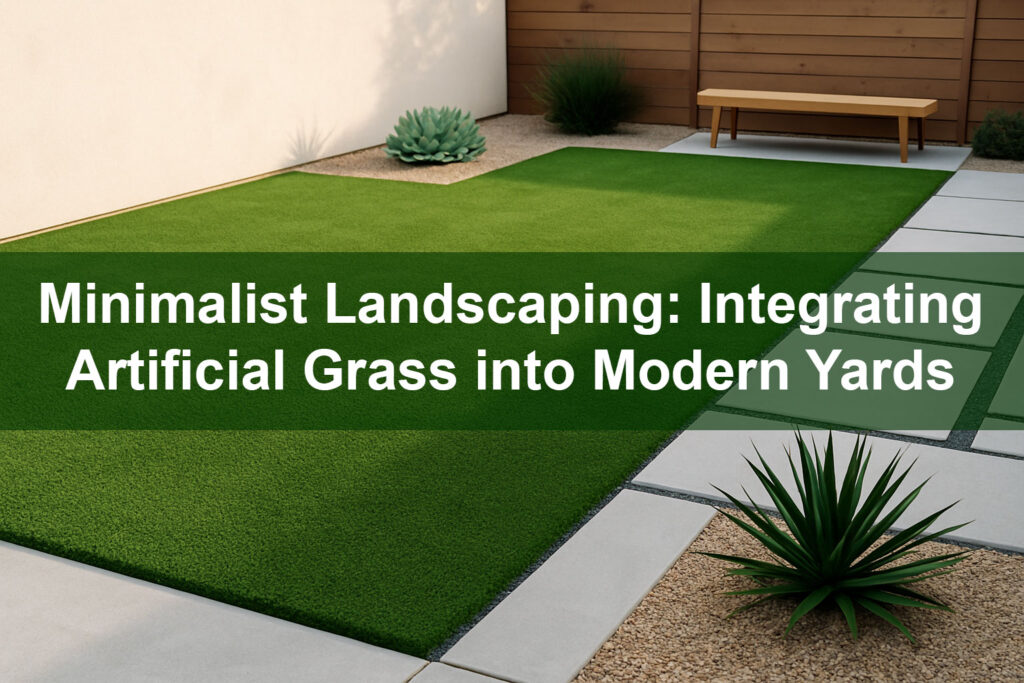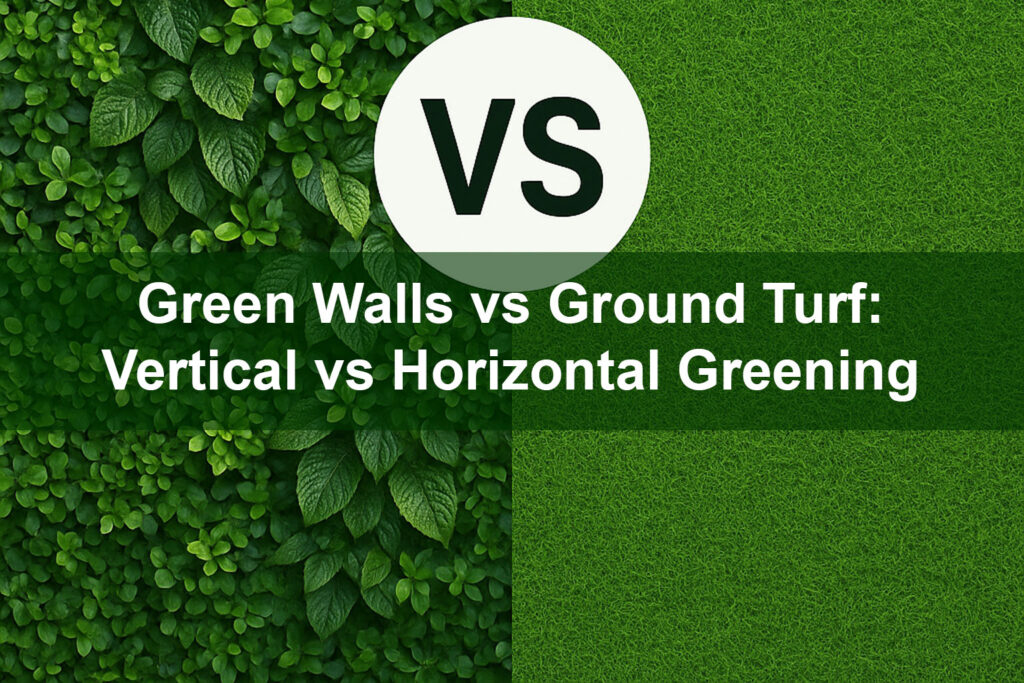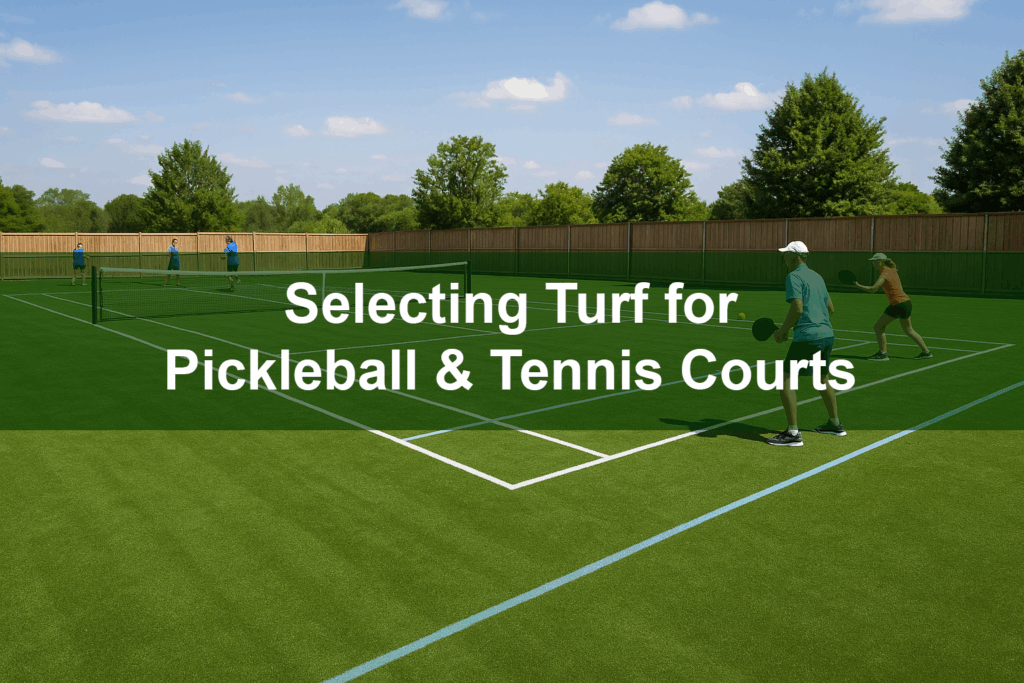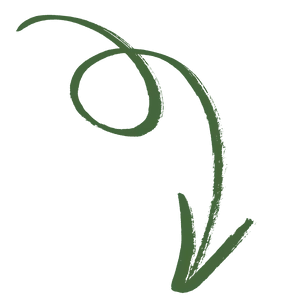Artificial Grass FAQs: Expert Answers to Homeowner Questions
Artificial grass continues to gain popularity among homeowners for its low maintenance, evergreen appearance, and environmental benefits. Yet, many questions remain about installation, durability, performance, and care. In this comprehensive FAQ guide, we address the most common homeowner concerns, backed by expert insights, to help you make informed decisions about synthetic turf.
What You’ll Learn in This Guide:
- Key installation considerations and best practices
- Typical lifespan and factors affecting durability
- Maintenance routines for pristine turf
- Cost factors and return on investment
- Environmental, pet, and child safety concerns
- Design, infill, and performance comparisons
1. What Is Artificial Grass Made Of?
Artificial grass is typically composed of synthetic fibers—often polyethylene, polypropylene, or nylon—tied into a backing material made of polyurethane or latex. The grass blades mimic natural turf shape and color, while the backing provides stability and houses drainage holes. Infill materials such as silica sand, rubber crumb, or plant-based infill are added between fibers to support blade structure and improve playability.
2. How Long Does Artificial Grass Last?
The average lifespan of quality artificial turf ranges from 10 to 20 years, depending on fiber quality, backing strength, installation practices, and foot traffic. High-end polyethylene blades with UV stabilizers retain color and resilience longer than budget nylon or polypropylene options. Proper maintenance—regular brushing, debris removal, and infill topping—also extends turf life.
3. Is Artificial Grass Safe for Children and Pets?
Modern turf products use non-toxic, lead-free materials. Independent labs certify many infills and fibers per ASTM standards. For pet areas, choose infill options with antimicrobial properties and ensure proper drainage to prevent odors. For children’s playgrounds, look for shock-absorbent underlay or foam infill to meet ASTM F1292 safety requirements for fall heights.
4. Will Artificial Grass Drain Properly?
Yes—properly installed turf features perforated backing and a well-draining base of compacted aggregate. Water quickly percolates through the turf and sub-base, preventing pooling. In heavy-soil or clay areas, consider adding drainage pipes or gravel trenches to divert excess runoff away from structures.
5. How Do I Prepare the Ground for Installation?
Successful installations start with ground preparation: Remove existing grass and topsoil to a depth of 3–4 inches. Install weed membrane, then add 2–3 inches of crushed rock or decomposed granite. Compact with a plate compactor. Check slopes (1–2%) to direct water flow. This stable, level base ensures durability and drainage.
6. Should I DIY or Hire Professionals?
DIY can save labor costs but requires specialized tools (plate compactor, power broom, turf cutter) and meticulous technique. Pros offer warranty, experience, and efficient installation. For large areas, complex slopes, or commercial projects, professional installers ensure code compliance and long-term performance.
7. How Much Does Artificial Grass Installation Cost?
Costs vary by turf quality, area size, site conditions, and infill choice. On average, homeowners spend $5–$15 per square foot for complete installation, including base prep, turf, infill, and labor. Expect higher rates for complex landscaping, steep slopes, or premium fibers.
8. Can I Install Artificial Grass in Shade?
Yes. Synthetic turf doesn’t require sunlight. Choose UV-stable turf and infill unaffected by moisture retention. Ensure airflow under the turf to prevent mold. In heavy shade, opt for heat-mitigating infill like plant-based granules to reduce moisture-related issues.
9. How Do I Clean and Maintain Artificial Grass?
Essential maintenance tasks include:
- Remove debris weekly with a leaf blower or plastic rake
- Brush fibers monthly to lift blades and redistribute infill
- Rinse turf quarterly to clear dust and pollen
- Spot clean spills with mild detergent
- Check seams and edges annually for repairs
10. Does Artificial Grass Fade Over Time?
High-quality turf includes UV inhibitors to minimize fading. Expect minimal color change (<10%) over 10 years. Lower-tier products without UV stabilization can fade significantly within 2–3 years under intense sun. Choose turf with a proven UV warranty.
11. What Infill Is Best for Performance?
Infill affects stability, drainage, and comfort. Silica sand is cost-effective and stable; rubber crumb provides cushioning; plant-based infill cools surface; coated infill offers antimicrobial protection. Match infill to usage—sports, pets, landscape accents—to optimize performance.
12. Is Artificial Grass Environmentally Friendly?
Synthetic turf conserves water and eliminates chemical use. However, production and disposal impact should be considered. Select recyclable turf and sustainable infill. Some brands use recycled materials and offer end-of-life recycling programs for reduced landfill waste.
13. Can I Use Artificial Grass for Outdoor Entertaining?
Absolutely. Artificial grass provides a soft, slip-resistant surface under dining sets, fire pits, and bar areas. Use heat-resistant turf near grills and ensure drainage for spills. Add outdoor rugs or seating zones on turf for comfort and style.
14. How Do I Address Odors from Pet Areas?
Promptly remove solid waste; rinse turf with water and a pet-safe deodorizer weekly. Ensure infill drains and dries quickly. Consider antimicrobial or zeolite-enhanced infill to neutralize ammonia. Schedule deep cleanings quarterly for odor control.
15. Will Artificial Grass Help Increase Property Value?
Yes—well-installed synthetic turf enhances curb appeal, reduces maintenance costs, and appeals to eco-conscious buyers. While ROI varies by market, many homeowners recoup 50–70% of installation costs through increased property attractiveness and reduced upkeep expenditures.
For more FAQs or personalized advice, visit our blog or connect with our experts via the Buy-Grass contact page.
Get Expert Answers & Installation Quotes
Contact Buy-Grass for tailored solutions and professional installations.

